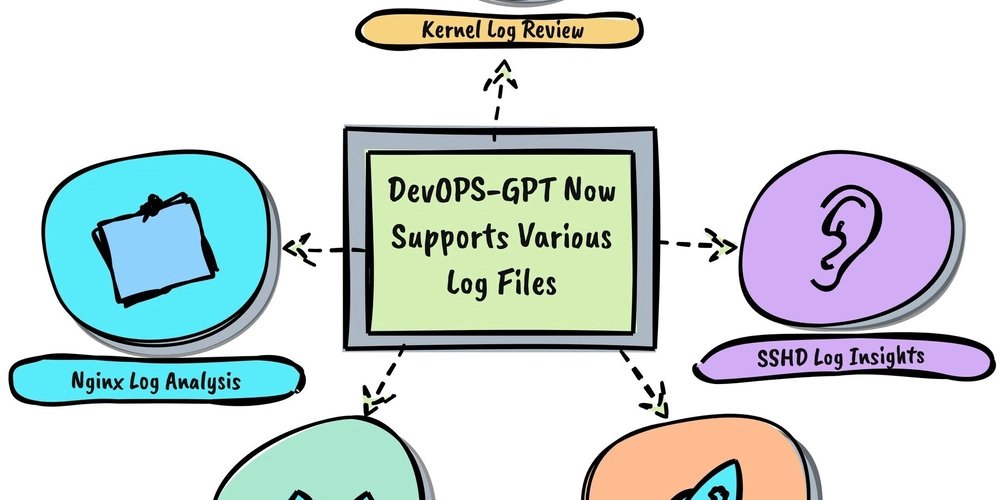Blog Draft Monetization Strategies For Ai 20250419 181244
Blog Draft Monetization Strategies For Ai 20250419 181244 Generated: 2025-04-19 18:12:44 Monetization Strategies for AI Technologies The rapid advancement of artificial intelligence (AI) technologies presents unique monetization opportunities that cater to various audiences—from businesses and consumers to scientific institutions. This blog post synthesizes key strategies from a monetization plan focused on leveraging AI to not only generate revenue but also to provide substantial value to different segments. Here, we'll explore actionable insights and evaluation metrics that businesses and entrepreneurs can adopt to optimize their AI-derived offerings. Understanding Your Target Audience Who Are We Targeting? Businesses: Fortune 500 companies eager for streamlining business processes through AI adoption are one of our primary audiences. They seek innovative AI solutions that can lead to increased operational efficiencies and lower costs. Consumers: Individual users are increasingly interested in AI companions, which can assist in their daily tasks and enhance their overall quality of life. The market for personal AI assistants is growing as consumers seek to utilize technology for improved productivity. Scientific Institutions: Research organizations involved in biomolecular research can greatly benefit from AI tools that facilitate groundbreaking discoveries, such as complex data analysis or simulations. By understanding these segments and their distinct needs, a tailored monetization approach can address each group’s unique challenges and aspirations. Core Value Proposition for AI Technologies At the heart of any successful monetization strategy lies a compelling value proposition. For the AI monetization plan, the focus is on harnessing advanced AI models to effectively solve complex problems, automate mundane tasks, and enhance user engagement. Here’s how we intend to position our services: For Businesses: The focus should be on offering AI-powered solutions that not only minimize operational costs but also optimize workflows. Furthermore, case studies showcasing successful implementations can attract new clients. For example, the integration of OpenAI’s o1 model has helped companies streamline decision-making processes, leading to significant cost savings. For Consumers: Personalized AI companions designed to manage daily tasks have become increasingly appealing. For-instance, virtual assistants like "AI Buddy" that manage reminders and provide emotional support tools can improve users' engagement and emotional well-being. For Scientific Research: With tools like AI2BMD, institutions can leverage AI to enable substantial advancements in bioinformatics and molecular modeling, thus positioning themselves at the forefront of scientific innovation. Standard Monetization Streams 1. AI-Powered Solutions in Workplaces

Blog Draft Monetization Strategies For Ai 20250419 181244
Generated: 2025-04-19 18:12:44
Monetization Strategies for AI Technologies
The rapid advancement of artificial intelligence (AI) technologies presents unique monetization opportunities that cater to various audiences—from businesses and consumers to scientific institutions. This blog post synthesizes key strategies from a monetization plan focused on leveraging AI to not only generate revenue but also to provide substantial value to different segments. Here, we'll explore actionable insights and evaluation metrics that businesses and entrepreneurs can adopt to optimize their AI-derived offerings.
Understanding Your Target Audience
Who Are We Targeting?
Businesses: Fortune 500 companies eager for streamlining business processes through AI adoption are one of our primary audiences. They seek innovative AI solutions that can lead to increased operational efficiencies and lower costs.
Consumers: Individual users are increasingly interested in AI companions, which can assist in their daily tasks and enhance their overall quality of life. The market for personal AI assistants is growing as consumers seek to utilize technology for improved productivity.
Scientific Institutions: Research organizations involved in biomolecular research can greatly benefit from AI tools that facilitate groundbreaking discoveries, such as complex data analysis or simulations.
By understanding these segments and their distinct needs, a tailored monetization approach can address each group’s unique challenges and aspirations.
Core Value Proposition for AI Technologies
At the heart of any successful monetization strategy lies a compelling value proposition. For the AI monetization plan, the focus is on harnessing advanced AI models to effectively solve complex problems, automate mundane tasks, and enhance user engagement. Here’s how we intend to position our services:
For Businesses: The focus should be on offering AI-powered solutions that not only minimize operational costs but also optimize workflows. Furthermore, case studies showcasing successful implementations can attract new clients. For example, the integration of OpenAI’s o1 model has helped companies streamline decision-making processes, leading to significant cost savings.
For Consumers: Personalized AI companions designed to manage daily tasks have become increasingly appealing. For-instance, virtual assistants like "AI Buddy" that manage reminders and provide emotional support tools can improve users' engagement and emotional well-being.
For Scientific Research: With tools like AI2BMD, institutions can leverage AI to enable substantial advancements in bioinformatics and molecular modeling, thus positioning themselves at the forefront of scientific innovation.
Standard Monetization Streams
1. AI-Powered Solutions in Workplaces









































































































































































![[The AI Show Episode 144]: ChatGPT’s New Memory, Shopify CEO’s Leaked “AI First” Memo, Google Cloud Next Releases, o3 and o4-mini Coming Soon & Llama 4’s Rocky Launch](https://www.marketingaiinstitute.com/hubfs/ep%20144%20cover.png)




























































































































![[DEALS] The All-in-One Microsoft Office Pro 2019 for Windows: Lifetime License + Windows 11 Pro Bundle (89% off) & Other Deals Up To 98% Off](https://www.javacodegeeks.com/wp-content/uploads/2012/12/jcg-logo.jpg)



























![Is this too much for a modular monolith system? [closed]](https://i.sstatic.net/pYL1nsfg.png)






















































































































_Andreas_Prott_Alamy.jpg?width=1280&auto=webp&quality=80&disable=upscale#)
































































































![What features do you get with Gemini Advanced? [April 2025]](https://i0.wp.com/9to5google.com/wp-content/uploads/sites/4/2024/02/gemini-advanced-cover.jpg?resize=1200%2C628&quality=82&strip=all&ssl=1)













![Apple Shares Official Trailer for 'Long Way Home' Starring Ewan McGregor and Charley Boorman [Video]](https://www.iclarified.com/images/news/97069/97069/97069-640.jpg)
![Apple Watch Series 10 Back On Sale for $299! [Lowest Price Ever]](https://www.iclarified.com/images/news/96657/96657/96657-640.jpg)
![EU Postpones Apple App Store Fines Amid Tariff Negotiations [Report]](https://www.iclarified.com/images/news/97068/97068/97068-640.jpg)
![Apple Slips to Fifth in China's Smartphone Market with 9% Decline [Report]](https://www.iclarified.com/images/news/97065/97065/97065-640.jpg)




































































































































